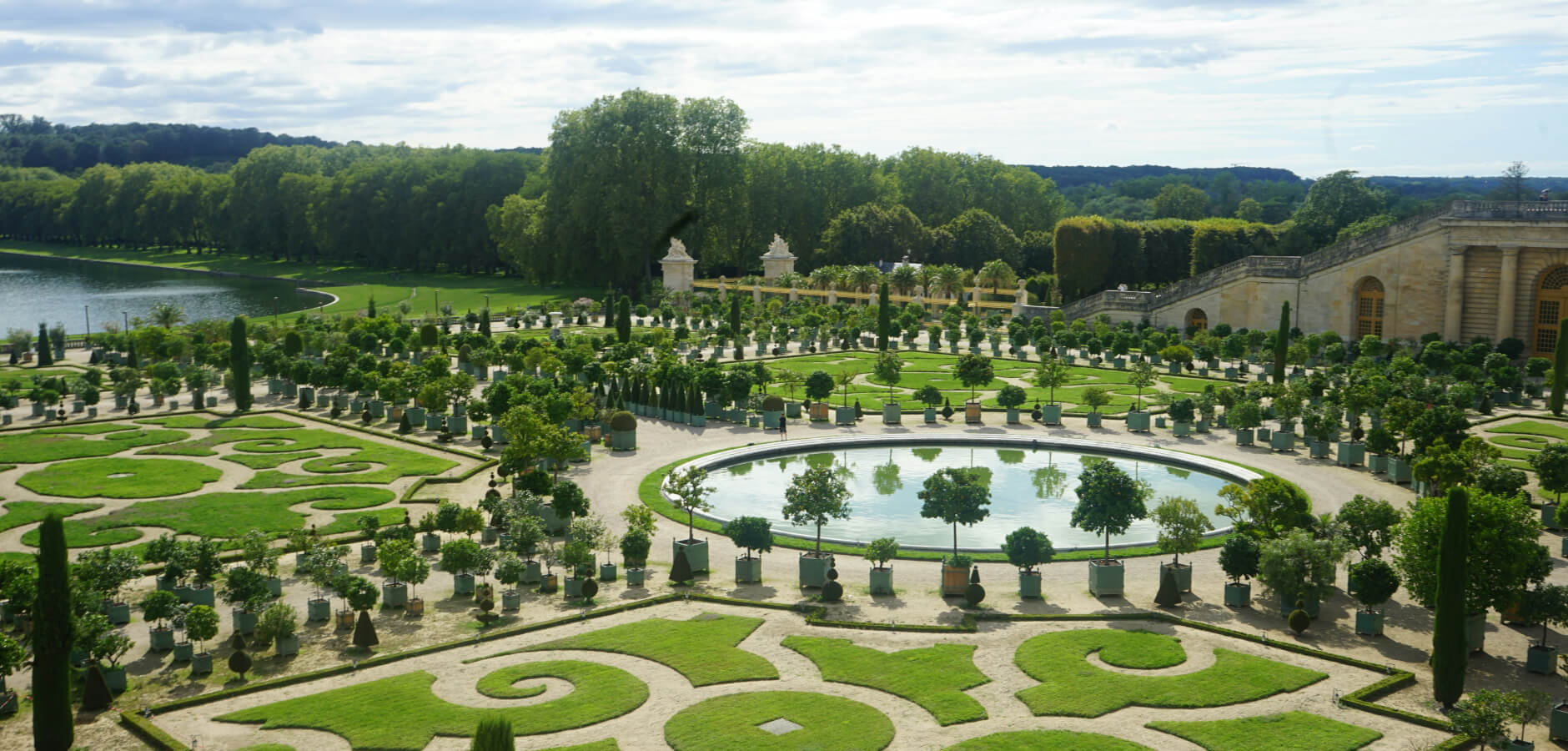Some time ago I found myself strolling through a quiet, less touristy place in London. In typical style, it was overcast and gloomy but, not raining.
I decided to make one last stop in a bookshop. It was quirky, almost like the one William owned in Notting Hill, but not quite. While browsing through some books, I felt a deep sense of sadness coming over me. It was the longest I’d been away from home since our kids were born and I was missing them deeply; their laughter, playing dinosaur and kicking ball.
In an attempt to elevate my spirit, I decided to make my way back to a small park I walked by earlier.
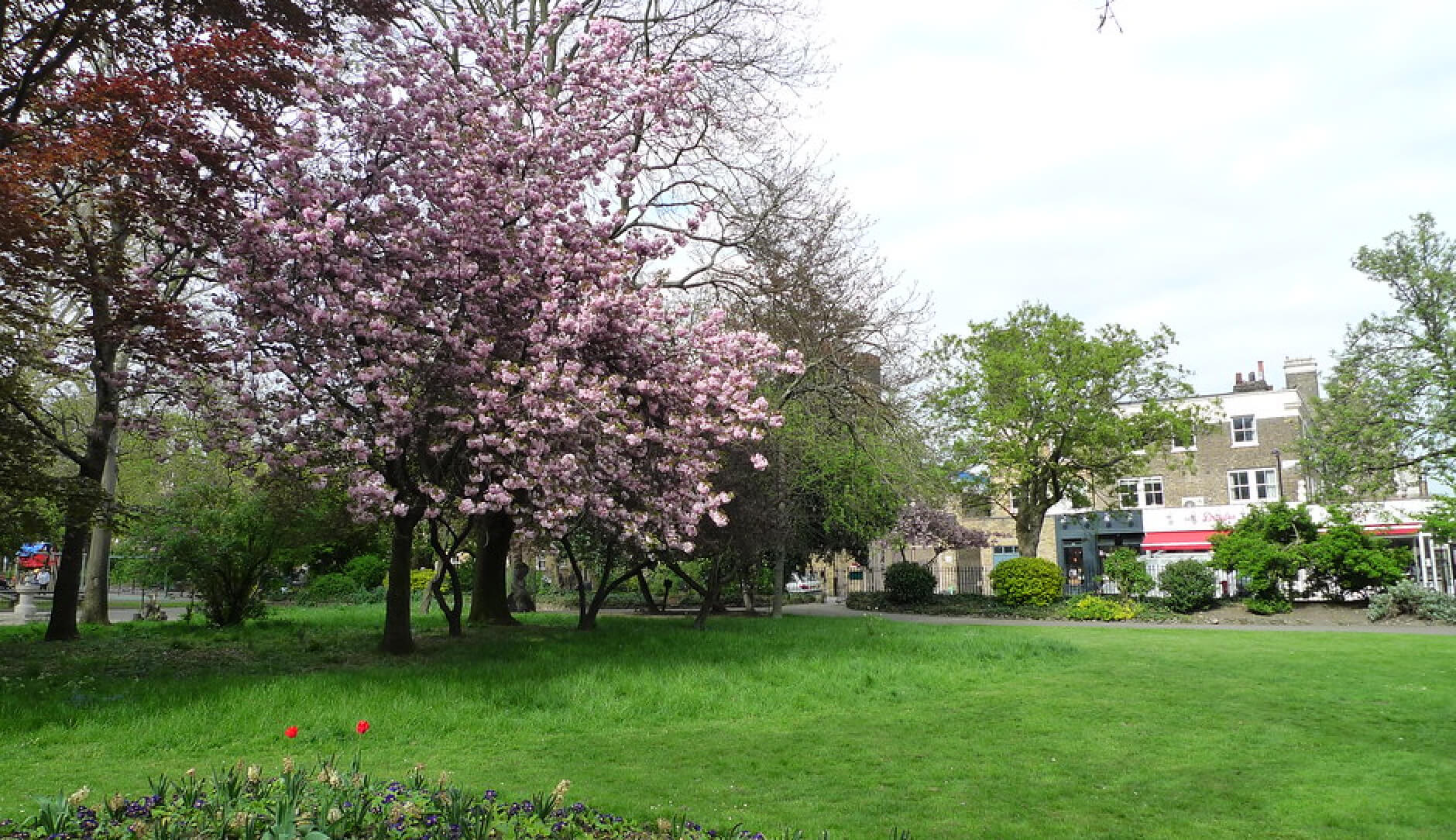
As a gardener, I was holding onto what Robert Harrison said in his book Gardens: An Essay on the Human Condition.
When we are deprived of green, of plants, of trees, most of us (though evidently not all of us) succumb to a demoralization of spirit which we usually blame on some psychological or neurochemical malady, until one day we find ourselves in a garden or park or countryside and feel the oppression vanish as if by magic.
However, sitting in the park did nothing for me. The park was lifeless and the only thing that kept me from sinking deeper into sadness was a lone dad playing with his 2 boys. I have always believed in a garden or park's ability to restore the soul, but in that moment, I felt like that wasn't true anymore. What Harrison said in his book was only an intellectual or philosophical statement.
I sat on the bench in silence while the dad's partner joined with their baby. The boys continued to kick ball while more people, including a man with his dog, slowly made their way into the park. I could hear someone doing woodwork in a nearby building, while the clouds finally made way for the sun to pierce through.
I felt lighter.
The park wasn’t anything automatically and it didn’t lift my spirit by simply being there. It was through intentional design, and how it is integrated into the community that it became something more than merely a green space.
It would be unfair to completely dismiss Harrison’s statement; green spaces do have some ability to inspire life. I’ve experienced this myself. I wrote about it in the context of our lawn, waterfall and the pergola I built. But in that moment on the park bench, I wasn’t asking for green grass and bright flowers. I was looking for something else. I wanted to feel wholesome and alive.
The park, as simple as it was, graciously offered that because the people who designed it cared enough about how it would make others feel.
Similarly, a digital product isn't anything automatic. It doesn’t become beneficial because it’s usable. No need to argue the point. However, if a product does end up being used by millions, perhaps billions, it’s still not anything automatically. Even if it’s a beautifully designed and usable product.
Why? If you’ve been to the gardens of Versailles, you’ll know what I mean: Perfectly manicured symmetrical layouts, visited by millions each year, yet, devoid of any soul and boring as a buffalo grazing.
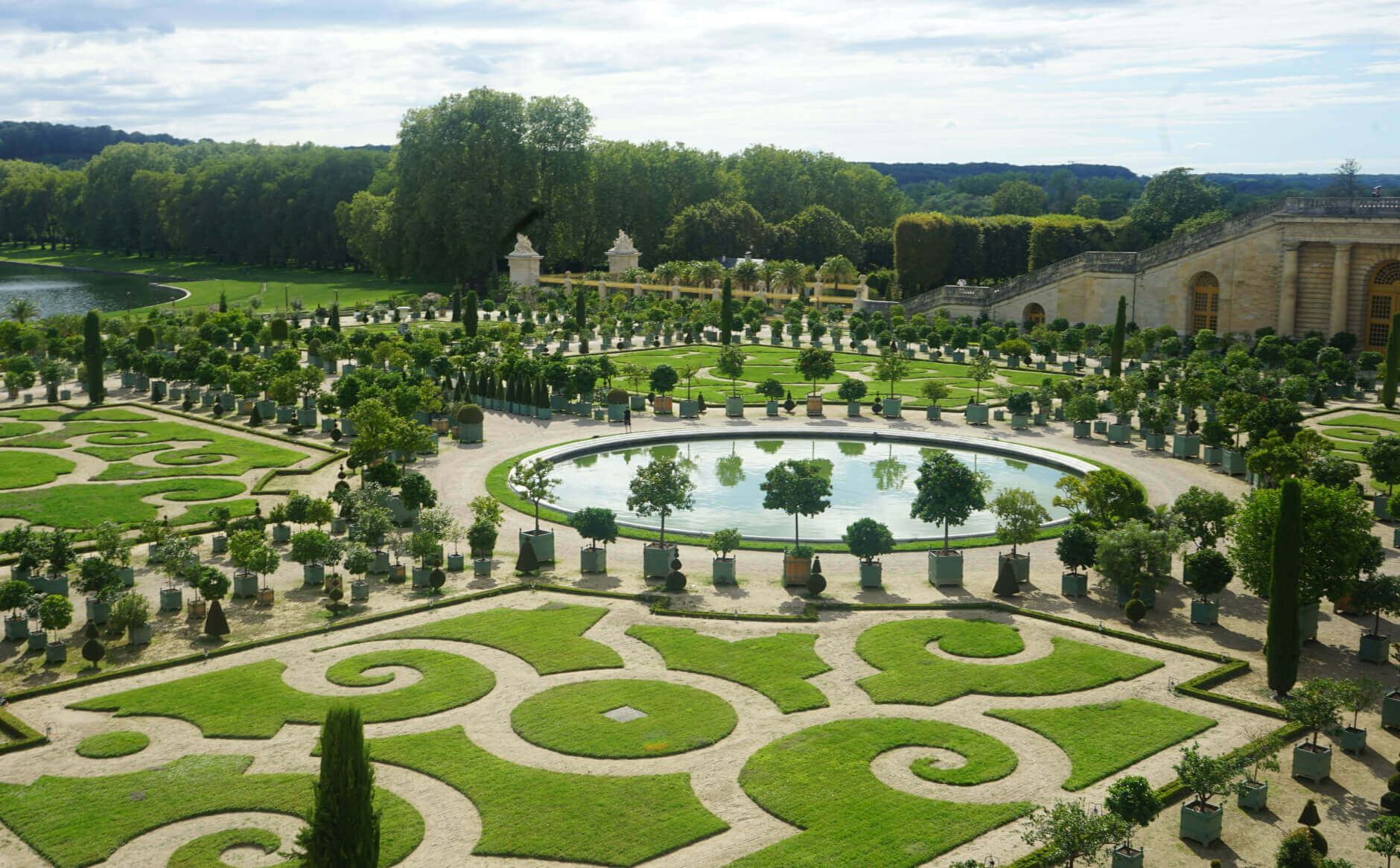
A short history will help put it in context. Versailles came to King Louis XIV in mid-1600 when his finance minister, Nicolas Fouquet, unveiled his magnificent gardens at an extravagant banquet. Overtaken by jealousy, the king decided to cast his finance minister in a dungeon for life, accusing him of embezzlement and mismanagement of state funds. Besides, only the king was entitled to such magnificence.
To impress his dominance, the king started to plan a garden that would be far more magnificent than his finance minister’s. Dominance often accompanies destruction, and the king’s garden project was no different.
Robert Harrison paints a scene as gloomy as the London weather I experienced:
…the architect of Versailles (André Le Nôtre) seems to have first sent in an army of human bulldozers to clear away whatever grew here, reducing the grounds to a flat, empty plane on which to project the master design. One cannot help but feel a tremor of anxiety, if not dread, before this complete domination of nature.
That is of course exactly the kind of reaction the gardens are designed to provoke—an almost cowering sense of trepidation in the face of the power that imposed this form on them. Everything about the gardens insistently reminds one of their monarchic creator.
He continued, and couldn’t have been more insulting of the king's vision:
Versailles, where even wandering is centrally controlled, is a masterpiece of representational garden art…
Beautifully designed products without soul, are just that: representational garden art. In all of our history, we’ve never had more money to design beautiful, functional and usable products. The bar is higher than ever, yet, they’ve never been more boring and devoid of soul.
What’s missing is a deeper sense of beauty and wholeness, an intentionality to make people feel something specific. We need to ask ourselves: What is it that we want people to feel when they use our products? Whatever that is, intentional or not, the depth of that emotion is going to grow and blossom from what we, the builders, feel first.
King Louis felt a deep sense of pride, envy and a hunger for dominance and that’s what he imprinted on Versailles. Yes, when people visit Versailles, they are in awe of its scale and the engineering that powered the fountains, but rarely would anyone say they feel whole or alive.
What might Versailles have felt like if King Louis was also a gardener at heart?
A gardener is not someone who grows flowers but one who cultivates the soil. You need to, as Harrison puts it, delve into the ground's organic underworld to appreciate the soil's potential for fostering life.
So, to create something truly alive and nourishing, we must be willing to immerse ourselves in the rich, fertile soil of our own humanity – the depths of our emotions, experiences, and connections to the world around us.
We can only build from what’s within. The challenge though is that we have become so used to making and consuming boring and soulless products, that we simply don’t have a good reference of what wholesome products feel like.
Fortunately, we have architecture as a reference.
Most of us have experienced buildings that either uplift or depress us. The uplifting ones make you feel whole, alive and inspired. The depressing ones, on the other hand, are boring and soulless.
It’s the difference between, for example, the Sagrada Família and The Telephone Exchange building. Notice what you feel when you see these 2 buildings.
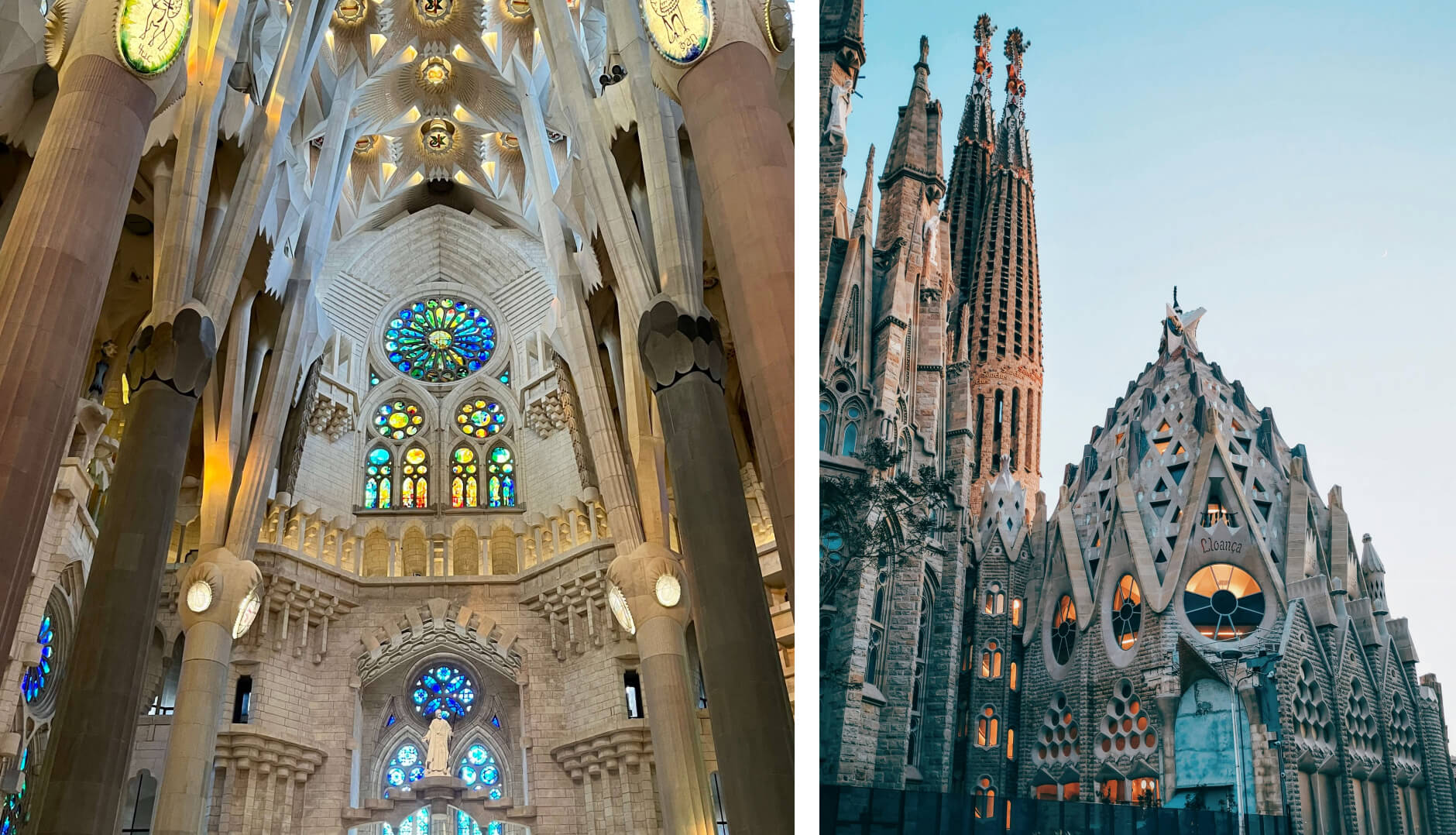
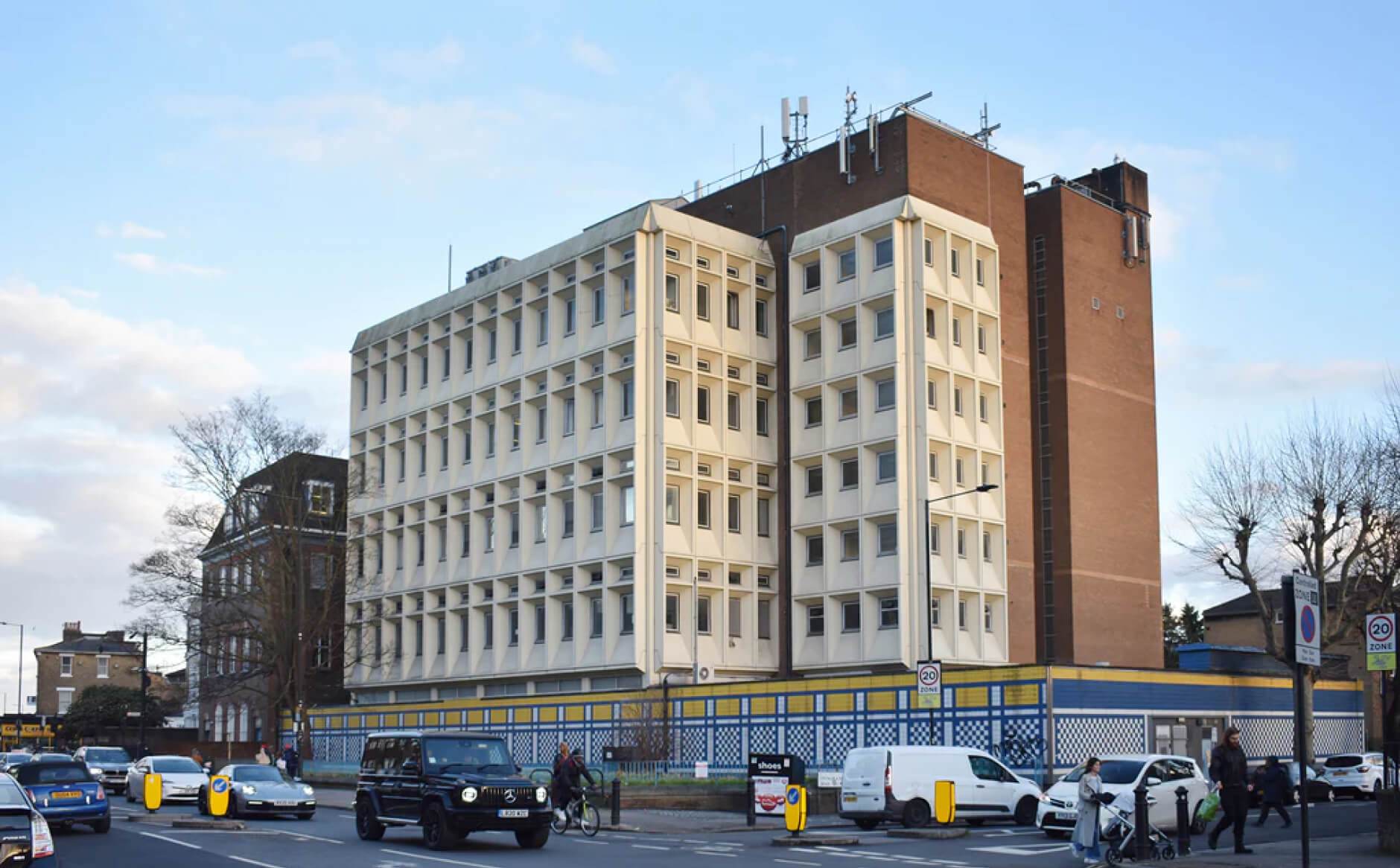
Chances are that buildings like the Telephone Exchange were inspired by Charles-Édouard Jeanneret (aka Le Corbusier).
Le Corbusier was one of the most influential architects of the 20th century, and his ideas and designs significantly contributed to the development of the International Style, which emphasised simplicity, functionality, and the use of modern materials like steel and reinforced concrete.
Unsurprisingly, he is crowned as the king of boring. While his designs may be functionally efficient, they are devoid of the warmth and character that make a house feel like a home. His philosophy is perhaps best summed up by his own words:
A house is a machine for living.
Le Corbusier wanted to become the builder of cities and he did, although only indirectly by inspiring millions of architects, city planners and other professionals to create oceans of boring, machine-like buildings.
Most product makers, except for a few, blissfully followed suit and what we have for it are products that are beautiful but boring and without soul. Today, products are mostly machines for living (although, I would hardly call consumption, “living”).
To build products with soul, that make people feel wholesome and alive, we need to build it with emotional depth. Without that, they will simply remain machine-like.
This image explains the idea of emotional depth quite well:
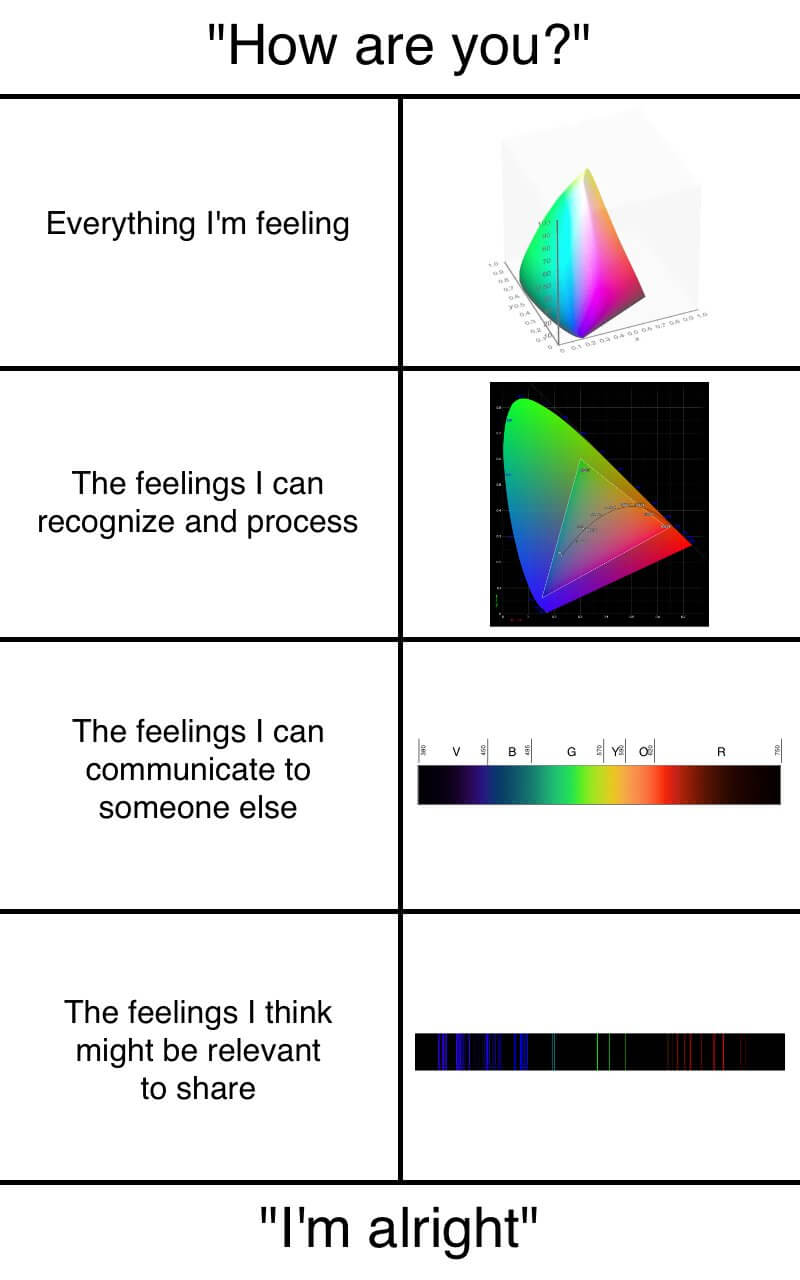
Today we’re building boring products because we struggle to go much deeper than “I’m alright”. Going deeper is the difference between experiencing the Sagrada and The Telephone Building.
One, with organic, flowing forms and intricate details, evokes a sense of awe and wonder that connects us to something greater than ourselves. The other, with a stark, utilitarian design leaves us feeling uninspired and disconnected from our deeper humanity.
It probably goes without saying, but just like skills without emotional depth result in machine-like experiences, so do deep emotions without skill result in products that feel disjointed. You need both.
Fortunately, we have no shortage of skills. What we now need are makers who dare to look beyond the surface and tap into the wellspring of emotion and meaning that resides in the depths of their being.
By tending to the soil of our own hearts and minds with care and intention, we can cultivate products that not only serve a function but also make us come alive. In doing so, we open the door to a future where technology becomes a canvas for expression, a catalyst for connection, and a testament to the enduring power of the human heart.
• • •
After my visit to the park, I met up with one of my friends at a near-by pub. It was lively, but, with a rather bleak entrance and no signage, I had no idea how people discovered it. Nevertheless, we talked about technology, crypto and our jobs. The conversation meandered to an urban garden I walked by earlier the week, but hadn’t yet visited.
The pub wasn’t quite our vibe so we finished our beers and decided to make our way to the garden. It was lively as well, but different. I could sense that people from all walks of life have wrestled with things here before.
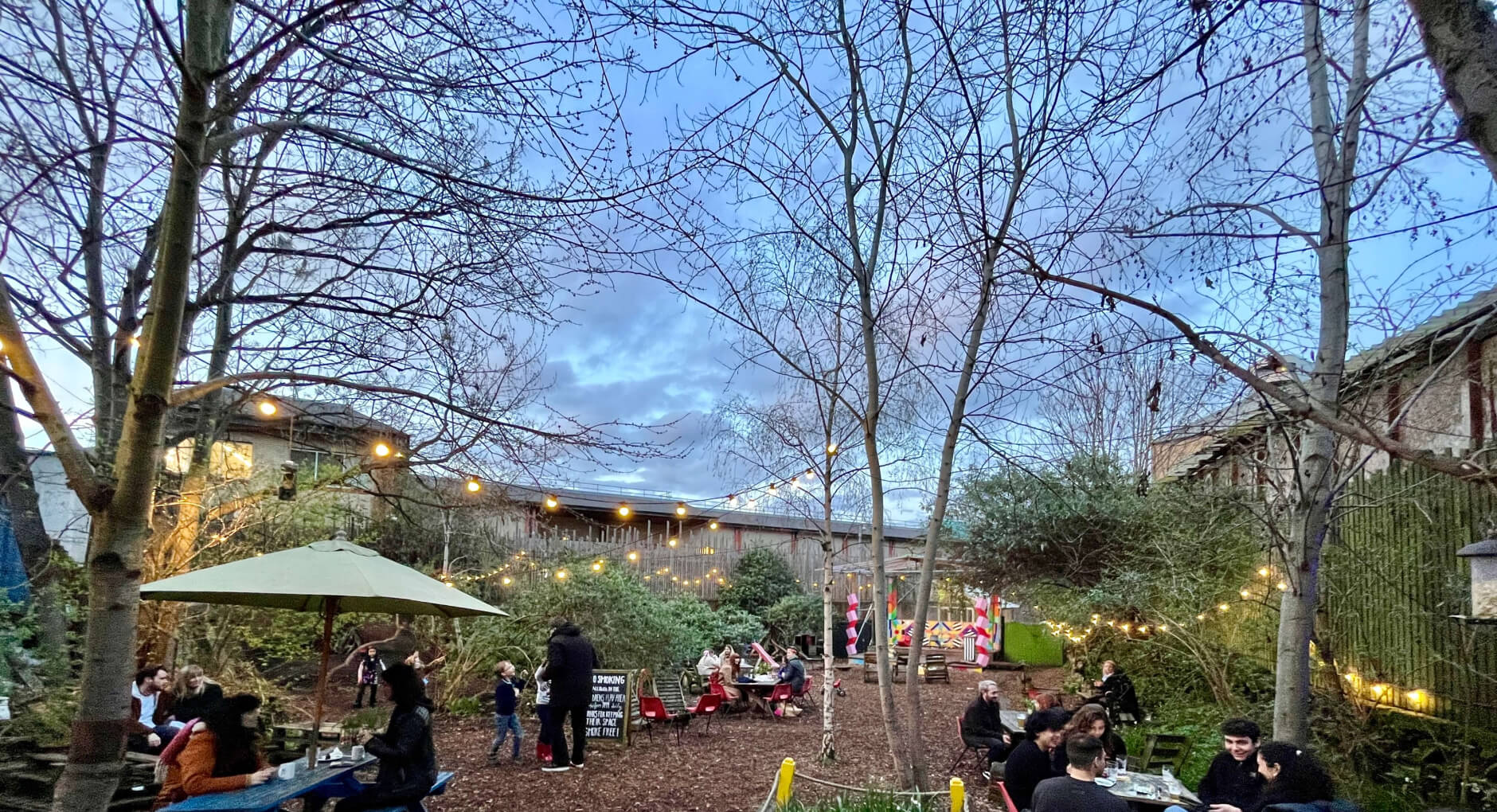
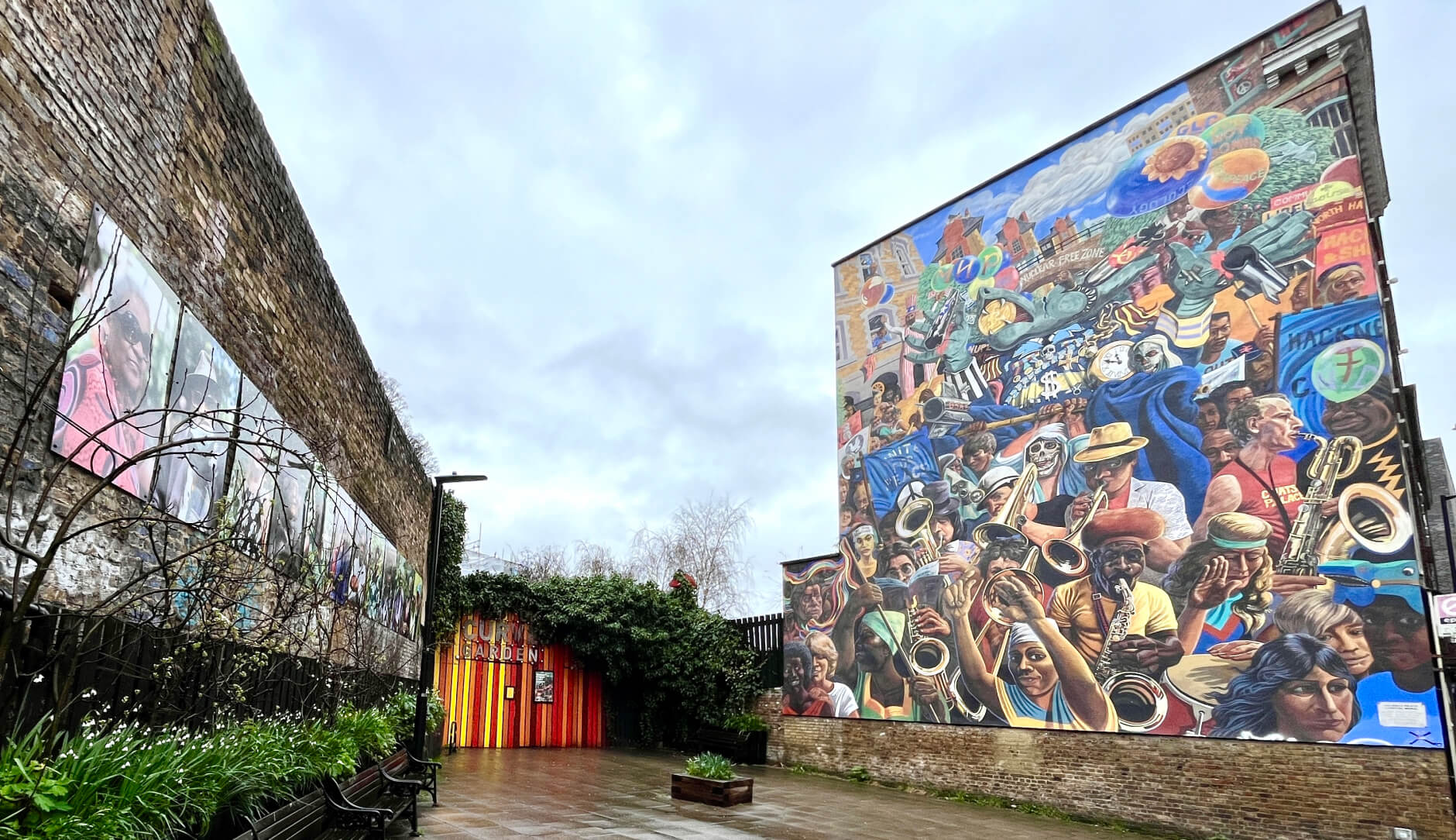
We settled down on wooden logs while kids were playing around us, adults chattering, lights strung between trees, and chill music creating a different vibe than the bar. The tone of our conversations was also deeper, shifting from our jobs and technology to family and philosophy.
Neither the pub nor the garden was perfectly manicured but they both had soul. People have evidently poured their hearts into them in an attempt to make others feel wholesome, alive and deeply satisfied.
What could be more important in life than how you make people feel?
